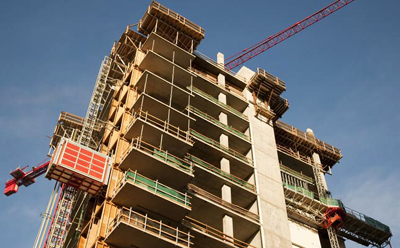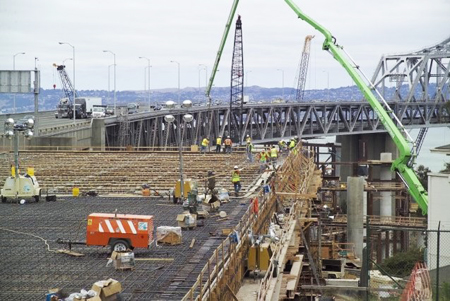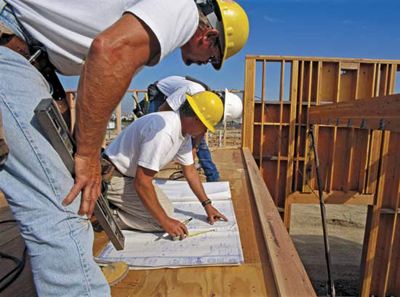AGC's Data DIGest: September 8-15, 2015
Contractors report major difficulty filling craft positions as hiring plans strengthen
 Editor’s note: Construction Citizen is proud to partner with AGC America to bring you AGC Chief Economist Ken Simonson's Data DIGest. Check back each week to get Ken's expert analysis of what's happening in our industry.
Editor’s note: Construction Citizen is proud to partner with AGC America to bring you AGC Chief Economist Ken Simonson's Data DIGest. Check back each week to get Ken's expert analysis of what's happening in our industry.
Nearly four out of five contractors (79%) are having trouble filling hourly craft professional positions, while 52% report difficulty filling salaried positions, based on 1358 responses to a survey and analysis AGC released on Thursday. Of 21 crafts, respondents reported the most difficulty finding carpenters (reported by 73% of the firms that employ them now), sheet metal installers (65%), concrete workers (63%) and electricians (60%). But even the most available category of hourly workers, traffic control personnel, was reported hard to find by more than one-quarter (26%) of respondents. Among 10 types of salaried professions, the scarcest were project managers and supervisors (55% reported difficulty), followed by estimating professionals (43%) and engineers (34%). To attract and maintain workers, firms say they are increasing base pay rates (56% of firms for hourly workers, 48% for salaried workers), providing incentives or bonuses (23% and 29%, respectively), increasing contributions to benefit plans or improving employee benefits (23% and 23%), and paying more overtime (165 and 4%). [node:read-more:link]


 Editor’s note: Construction Citizen is proud to partner with
Editor’s note: Construction Citizen is proud to partner with  Editor’s note: Construction Citizen is proud to partner with
Editor’s note: Construction Citizen is proud to partner with  Editor’s note: Construction Citizen is proud to partner with
Editor’s note: Construction Citizen is proud to partner with  Editor’s note: Construction Citizen is proud to partner with
Editor’s note: Construction Citizen is proud to partner with  Editor’s note: Construction Citizen is proud to partner with
Editor’s note: Construction Citizen is proud to partner with  Editor’s note: Construction Citizen is proud to partner with
Editor’s note: Construction Citizen is proud to partner with  Editor’s note: Construction Citizen is proud to partner with
Editor’s note: Construction Citizen is proud to partner with  Editor’s note: Construction Citizen is proud to partner with
Editor’s note: Construction Citizen is proud to partner with 